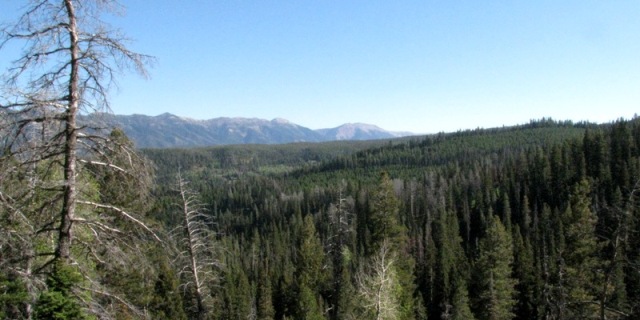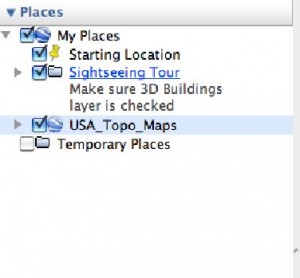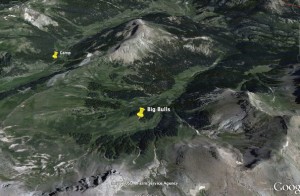Map Scouting

When researching places to hunt elk, no scouting method is more effective than strapping on the old boot leather and roaming the woods. This method allows you to discover honey holes such as old wallows, elk rubs, and perhaps even bones from a previous years kill. When you do run across one of these areas, be sure to mark it on your GPS. The elk may not be in these areas during your early season scouting, but the bulls will surely return when the rut starts. Unfortunately, most of us don’t have enough time for this type of “boots on the ground” scouting, especially when hunting multiple states. So, an effective way to scout an area remotely is by using Topo maps and Google Earth. This form of scouting will give you a basic lay of the land, identify access points, and help you find remote areas which will allow you to distance yourself from the crowds. Below are a few suggestions to help you get started.
Download Google Earth
If you haven’t used Google Earth, the first thing you need to do is download this free application from the Internet to your computer. (Works on either a PC or MAC) A simple search and download only takes a few minutes. (http://www.google.com/earth/download/ge/agree.html)
Next, I like to add Topo maps to Google Earth. I’ve included a link to detailed instructions on how to install these maps on a PC. Installing them on the Mac is essentially the same. (http://vimeo.com/17375022)
 Once you have accessed the ArcGIS Services Directory, there are many different map overlays that you can add to Google Earth. My favorite is the USA_Topo_Maps.
Once you have accessed the ArcGIS Services Directory, there are many different map overlays that you can add to Google Earth. My favorite is the USA_Topo_Maps.
Once I have downloaded the Topo maps to Google Earth, I can switch back and forth between views by simply checking a box on the left navigation bar called USA_Topo Maps.
Benefits of using both Google Earth and Topo Maps
Google Earth alone allows me to see vegetation coverage along with the type of terrain I will be hunting. From this, I can get a good sense of how the drainages lay out and where the elk will most likely feed and bed for the day. But, with the additional Topo Map overlay, I’m able to see how steep the country is by looking at the contour lines. I can also locate streams and other water sources elk might use as well as hiking trails and roads that may not show up on Google Earth. My rule of thumb is to be at least a mile or two off the nearest trail. When I do this, I usually never see another hunter. Below is an example of a side-by-side comparison of the regular Google Earth view and the Topo map overlay. (For a more detailed explanation of how to read a Topo map, visit the following YouTube link (http://www.youtube.com/results?search_query=How+to+read+a+topo+map).


In addition to getting a lay of the land, I find it helpful to turn on some of the layers like Borders and National Forest boundaries to help me identify public and private land. Most of the State Game and Fish Websites also have Topo maps that outline Game Management Unit (GMU) boundaries that are helpful to study before your hunt. Lastly, I found a really cool company called HuntingGPSMaps.com located in Missoula, MT. I have purchased Topo maps from these guys that I can download to my GPS. These maps identify where all the Private, BLM, State Land and US Forest boundaries are located. If you are hunting in areas with a lot of private property, these types of maps and a GPS are a must. Start now by taking advantage of all the cool technology available to scout your next extreme elk hunting adventure.
